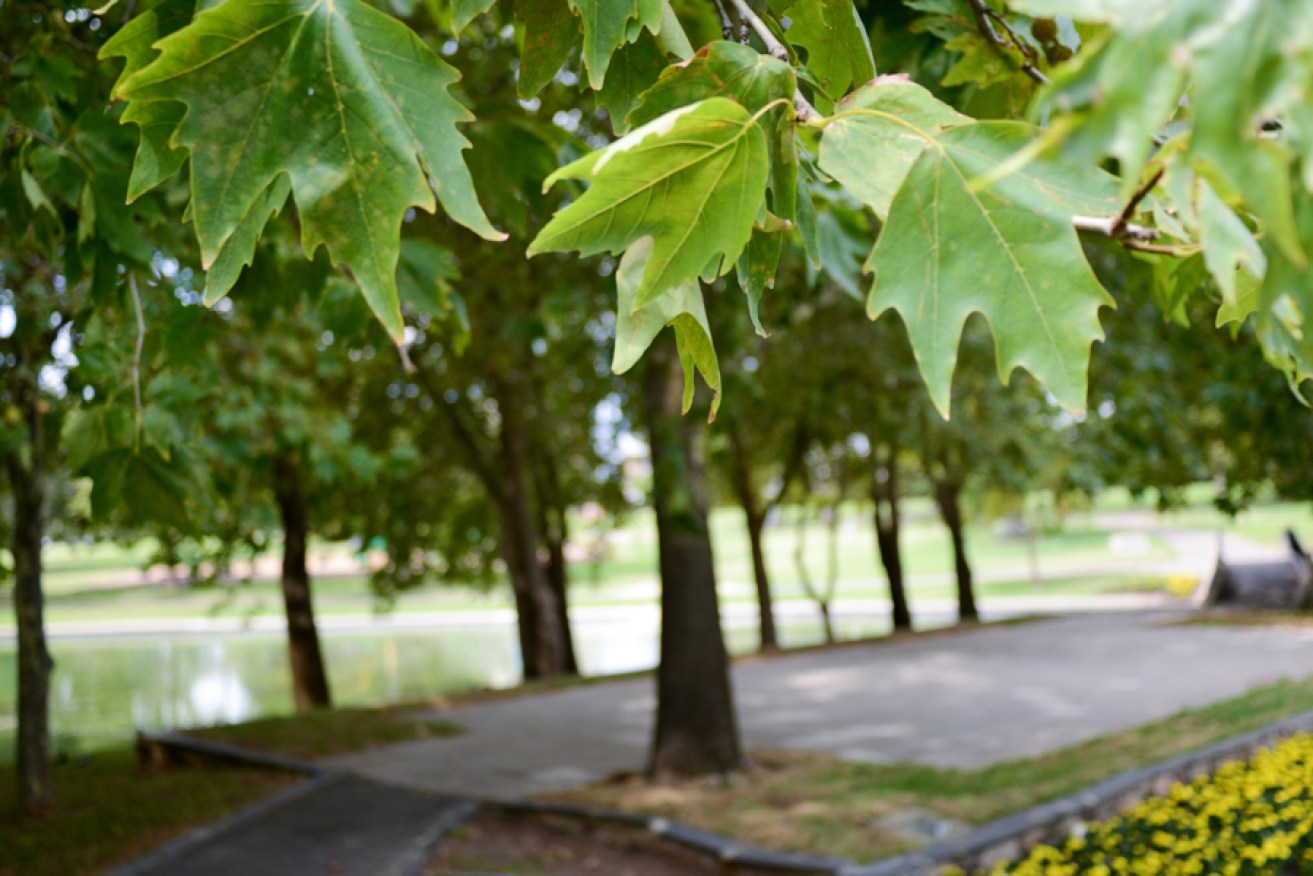Inside the city’s perennial rates debate
The annual Adelaide City Council rates debate is always a headline issue portrayed as a contest of wills, writes Lord Mayor Jane Lomax-Smith – and this year is no different.


Actively reducing emissions within the park lands boundary will only get Adelaide so far in the city's quest for carbon neutrality. Photo: Nat Rogers/InDaily
This year’s rates debate is coming up against swirling cost of living pressures and the reasonable downward pressure for everyone to scale back.
Councils face the same challenges as businesses and are not protected from rising costs. Indeed, during the last couple of years, the cost of materials and resources for councils has increased by up to 25 per cent.
Over the next six weeks, City of Adelaide staff and elected members will thrash out how we can balance the books while responsibly maintaining services in the face of these rising costs.
It’s early days in the annual process of debating trade-offs and reaching a consensus.
Unlike the behind-the-scenes horse-trading that goes on in state and federal cabinet, councils discuss all the issues in public meetings.
It’s no wonder there can be so much misunderstanding – and a touch of grandstanding.
Currently, we have been considering a range of scenarios. Put simply, if we stick to the status quo, plus add in all the budget bids from council staff and fund some elected member projects, a 7.4 per cent rise in the rate increase is needed.
A better approach is to sensibly reduce costs and commit to conservative new spending. It’s not rocket science.
Let’s put this into context.
Previous councils over the last decade have made decisions that could be perceived as undermining infrastructure investment, such as freezing the rate in the dollar for 10 years.
The council spent $22 million supporting residents and businesses during the pandemic through rent relief, activation grants and extra hardship assistance.
The ability to generate income was further impacted by a historic decision even before the pandemic to waive charges for park lands rental and on-street dining.
Assets were also sold and the windfall from these sales was spent on outgoings, instead of investing in infrastructure maintenance. This all means we fell behind in maintaining our assets.
Technically speaking, the depreciation-based asset renewal ratio averaged 61 per cent over the last five years, well below the LGA’s target range of 90 to 110 per cent.
Now, staff have come to us with a wish list of “critical” projects that urgently need to be funded. These include everything from ageing IT systems to dilapidated infrastructure.
The pandemic can’t be blamed for everything.
Our total budget revenue is $230 million, comprising $140 million of rates and $90 million across fees, charges and external grant programs.
The budget has barely doubled in the last 25 years which explains why we have run-down streets, inadequate bike paths and poorly maintained footpaths.
On top of that, we lose $38 million every year through state government-legislated rate exemptions for government buildings, universities, schools, hospitals and churches.
As a capital city, we have more non-ratepaying entities than any other South Australian council.
I suspect the government might despair about city expenditure and infrastructure but won’t be in any rush to fill that multi-million-dollar budget hole, especially if our council then cut our rates.
Perhaps the state might be encouraged to make an annual grant, hypothecated to only be used on agreed big-ticket street upgrades.
Maybe improve North Terrace from Parliament to the new Women’s and Children’s Hospital over the next five years or upgrade King William Street and replace the ageing bridge.
In my view, we shouldn’t commit to any new projects unless we turf something old.
One of my suggested savings is the $240,000 we provide to Study Adelaide, money I was responsible for allocating 25 years ago to the newly-formed Education Adelaide.
It was a bright idea when Adelaide had only 5000 international students at that time. We now have 30,000, bringing with them massive economic advantage to the city, the state and the private sector in delivering purpose-built accommodation.
I would say it was a nice idea that worked. Mission accomplished, so let’s move on.
The amount we spend is equivalent to the rates of 150 average-sized homes or 45 small businesses. It equates to the fees a university gets from a handful of international students studying for a basic degree. It is hard to justify our ongoing largesse.
After all, the universities are already exempted by legislation for $9 million in rates.
On the topic of largesse, there’s been much talk about the so-called “crazy” $20,000 price tag for planting a tree.
This figure seems, I admit, extraordinary. Planting a tree in the city is difficult and expensive because underground services have to be moved.
However, it’s important. It underscores our priority to make infrastructure upgrades climate resilient.
It may well be too late to prevent climate change, so we need to ensure our city is as comfortable as possible as temperatures rise.
That means taking notice of our city heat maps and targeting the streets that would be uninhabitable at 45C or 50C, noting those with trees can be considerably cooler.
We need verandahs and the shade trees provide, not buying carbon offsets or planting cheaper and easier trees only in the parklands. This will help businesses stay open and reduce health impacts connected to high temperatures.
It may be more expensive than putting seedlings in the dirt, but if we don’t consider the long term, our city may, as they say, be cactus.
Dr Jane Lomax-Smith is Adelaide Lord Mayor




